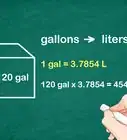This article was co-authored by wikiHow Staff. Our trained team of editors and researchers validate articles for accuracy and comprehensiveness. wikiHow's Content Management Team carefully monitors the work from our editorial staff to ensure that each article is backed by trusted research and meets our high quality standards.
This article has been viewed 73,172 times.
Learn more...
A milligram is a measure of mass in the SI (metric) system, while a teaspoon is a measure of volume in the English system. Therefore, this conversion from milligrams to teaspoons requires two stages. First you will need to find the density of the material you are measuring. You will use the density to convert from mass to volume, or milligrams to milliliters. You will then convert from the SI volume measurement milliliters to the English system measurement teaspoons.
Steps
Converting Milligrams to Milliliters
-
1Find the density of the material you are measuring. Because you are trying to convert mass into volume, you need to know the density of the material. Density is a measurement of how much mass fits in a given volume for any substance. Materials that we consider "heavy" have a high density, while "light" materials have a low density.
- Density tables exist online or in many text books for a wide range of substances. You can find a table of density values by searching for “density table,” “liquid density table,” or “solid density table.”
- The density of pure water is set at 1000 kg per cubic meter. This is the same as 1000 mg/ml.
- For comparison, some other common liquids have the following densities:[1]
- Alcohol = 800 kg/m3=800 mg/ml
- Gasoline = 737 kg/m3=737 mg/ml
- Milk = 1050 kg/m3=1050 mg/ml
- Mercury = 13590 kg/m3=13590 mg/ml
-
2Check with your pharmacist for medication densities. If you are trying to convert amounts for a prescription, you should check with your pharmacist. A pharmacist is in the best position to provide you with the correct density of whatever compound you need to measure.
- You may find the density of your substance printed on the bottle. You might check that before contacting the pharmacist.
Advertisement -
3Prepare to convert from mass to volume. Recall that density is equal to an item’s mass divided by its volume. Rearranging this formula.[2]
- .
-
4Perform the conversion. When you know the density of the material and the measurement of the sample you wish to convert, perform the division to convert from mass to volume of your substance.[3]
- For example, suppose you wish to convert 20,000 milligrams each of water, alcohol, gasoline, milk and mercury into milliliters. 20,000 milligrams is equal to 20 grams, which is about the weight of 20 paper clips. The conversions for these five liquids are as follows:
- Water:
- Alcohol:
- Gasoline:
- Milk:
- Mercury:
- For example, suppose you wish to convert 20,000 milligrams each of water, alcohol, gasoline, milk and mercury into milliliters. 20,000 milligrams is equal to 20 grams, which is about the weight of 20 paper clips. The conversions for these five liquids are as follows:
Converting Milliliters to Teaspoons
-
1Learn the conversion factor. Because milliliters and teaspoons are both measurements of volume, the density of the different materials no longer makes a difference. Converting from milliliters to teaspoons is fairly easy because the conversion factor is just 5 to 1. That is, 5 ml = 1 tsp.[4]
- If you know a measurement in milliliters, you can convert to teaspoons by just dividing by 5.
-
2Perform the conversion. Using the five samples from above, prepare for the conversion to teaspoons.
- Water: 20,000 mg = 20 ml/5 = 4 teaspoons
- Alcohol: 20,000 mg = 25 ml/5 = 5 teaspoons
- Gasoline: 20,000 mg = 27.137 ml/5 = 5.4274 teaspoons
- Milk: 20,000 mg = 19.048 ml/5 = 3.8096 teaspoons
- Mercury: 20,000 mg = 1.4717 ml/5 = 0.29434 teaspoons
-
3Review the results. Pure water is set as the standard for conversion density, with a density of 1.0 grams per milliliter. The densities of all other substances are set in relation to the density of water. Notice that mercury, with an extremely high density, converts to only about a quarter teaspoon for the same mass of water that equals one teaspoon.
Community Q&A
-
QuestionHow many teaspoons are in 10 mg of fiber?
 DonaganTop AnswererAs indicated above, you have to know the density of the material before you can answer that question.
DonaganTop AnswererAs indicated above, you have to know the density of the material before you can answer that question. -
QuestionHow many teaspoons is 400 mg of turmeric?
 DonaganTop AnswererThere are roughly 2,267 mg of turmeric in a teaspoon, so 400 mg would be about 0.176 tsp (one-sixth of a teaspoon). (A teaspoon is slightly different in Australia.)
DonaganTop AnswererThere are roughly 2,267 mg of turmeric in a teaspoon, so 400 mg would be about 0.176 tsp (one-sixth of a teaspoon). (A teaspoon is slightly different in Australia.) -
QuestionHow do I convert milligrams to meters?
 DonaganTop AnswererMilligrams measure mass, and meters measure length, so one does not convert to the other.
DonaganTop AnswererMilligrams measure mass, and meters measure length, so one does not convert to the other.
References
- ↑ https://eng.libretexts.org/Bookshelves/Civil_Engineering/Book%3A_Slurry_Transport_(Miedema)/11%3A_Appendices/11.02%3A_Appendix_B-_List_of_Liquid_Densities
- ↑ https://www.omnicalculator.com/physics/volume-to-mass
- ↑ http://www.thecalculatorsite.com/articles/units/convert-mg-to-ml.php
- ↑ https://www.omnicalculator.com/conversion/ml-tsp-converter
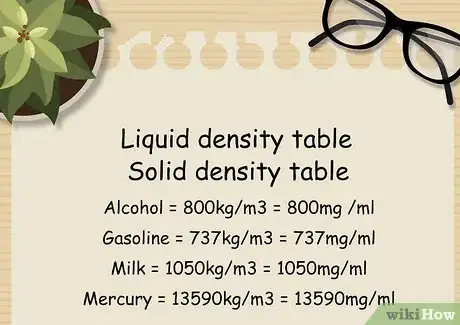









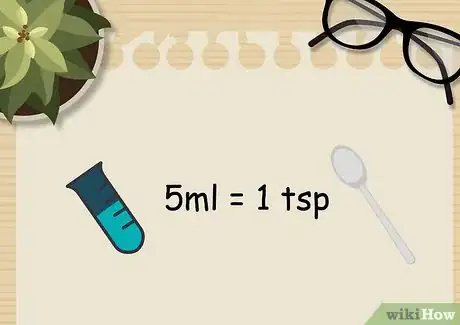


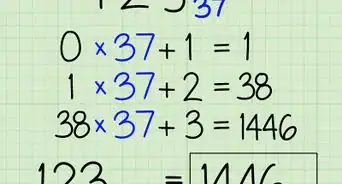
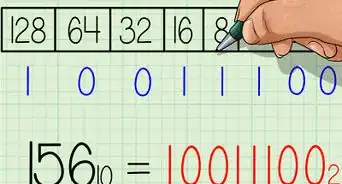
-to-Grams-(g)-Step-8-Version-5.webp)
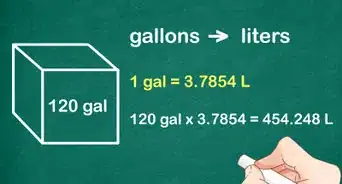
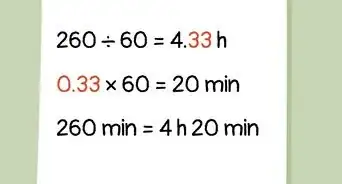
-to-Fahrenheit-(°F)-Step-6-Version-2.webp)
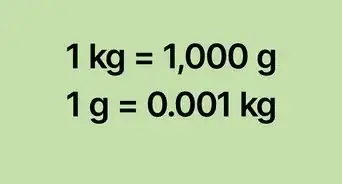
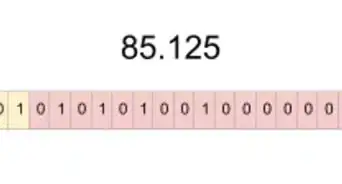
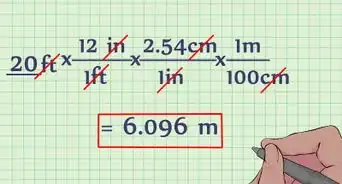

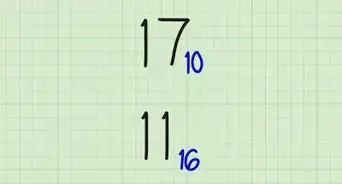
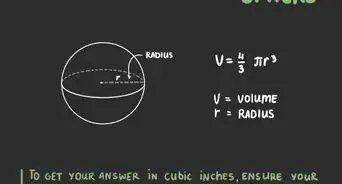

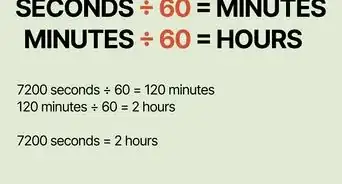







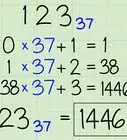
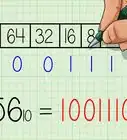
-to-Grams-(g)-Step-8-Version-5.webp)
